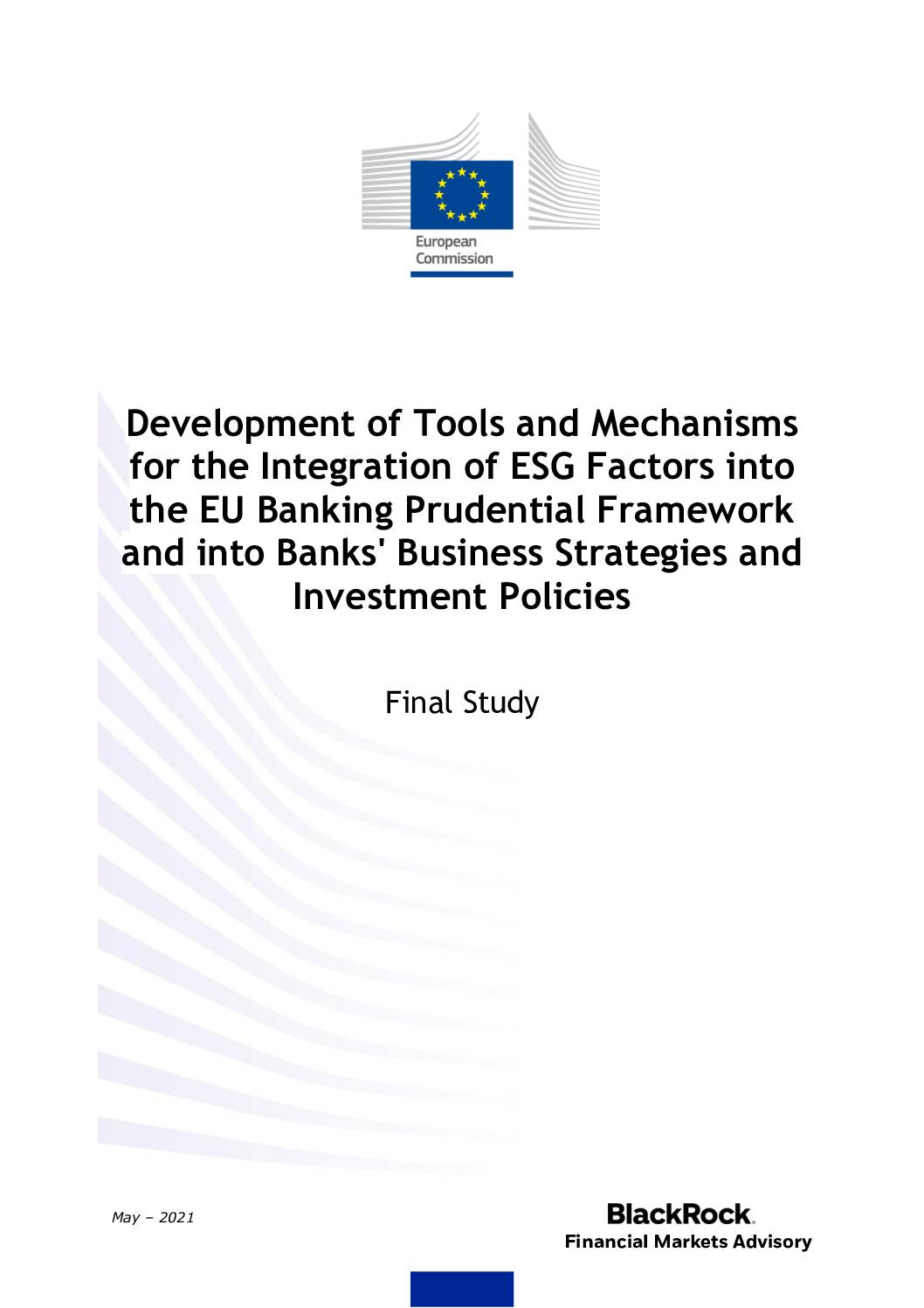The European Commission (‘EC’) cites increasingly higher premia in both primary and secondary debt and equity markets for environmentally sustainable bonds certified at the issue and issuer level. As the EC explores enabling factors to facilitate the growth of a well-functioning EU-wide market for green finance and sustainable investment recommendations include enhancements on ESG definitions, measurement methodologies, associated quantitative indicators and data standards. Cross-stakeholders collaboration and supervisory initiatives are seen as critical factors in creating a sound foundation for stable growth in green finance and sustainable investment markets. The EC considers modalities of integrating ESG objectives into EU banks’ business strategies and investment policies. The European Banking Authority (‘EBA’), the European Central Bank (‘ECB’) and the Bank of England Prudential Regulation Authority (‘PRA’) (as examples), have started to define expectations on the integration of climate-related physical and transition risks into stress testing frameworks and their inclusion in the International Capital Adequacy Assessment Process (‘ICAAP’). Climate risks are seen as impacting traditional economic variables which in turn impacts the financial sector thereby creating a self-reinforcing feedback loop of economic deterioration through market losses and credit tightening.
Along growth with Green Bonds, Sustainability-Linked Bonds, Sustainability-Loans, the European Commission (‘EC’) sees a growing range of ESG-related financial instruments developed for the capital markets, including: ESG Asset-Backed Securities (‘ABS’), ESG Collateralized Loan Obligations (‘CLOs’), ESG Capital Relief Trades (‘CRTs), ESG-Linked Derivatives and ESG Futures and Options linked to ESG Indices.
Improved understanding of climate risk transmission channels, climate risk measurement is critical in acceleration of the integration of ESG risks into key decision-making. Closer integration of credit portfolio management and science-based climate benchmarks can lead to improved risk-adjusted performance for mortgage books.
Link to resource Download sourceShare this

Sectors: Buildings, Finance
Country / Region: Europe
Tags: Banks, citizens, climate relevant regulations, climate risks, economic variables, green bonds, inclusion, industrial benchmarking, Industry Regulators, Institutional Investors, loans, National Regulators, obligations, rules and regulations, SMARTER, Supranational Regulators, tradeIn 5 user collections: Green Home Investment Platform – Industry Regulators , Green Home Investment Platform – National Regulators , Green Home Investment Platform – Supranational Regulators , Green Home Investment Platform – Institutional Investors , Green Home Investment Platform – Banks
Knowledge Object: Web Resource
Author: European Commission
